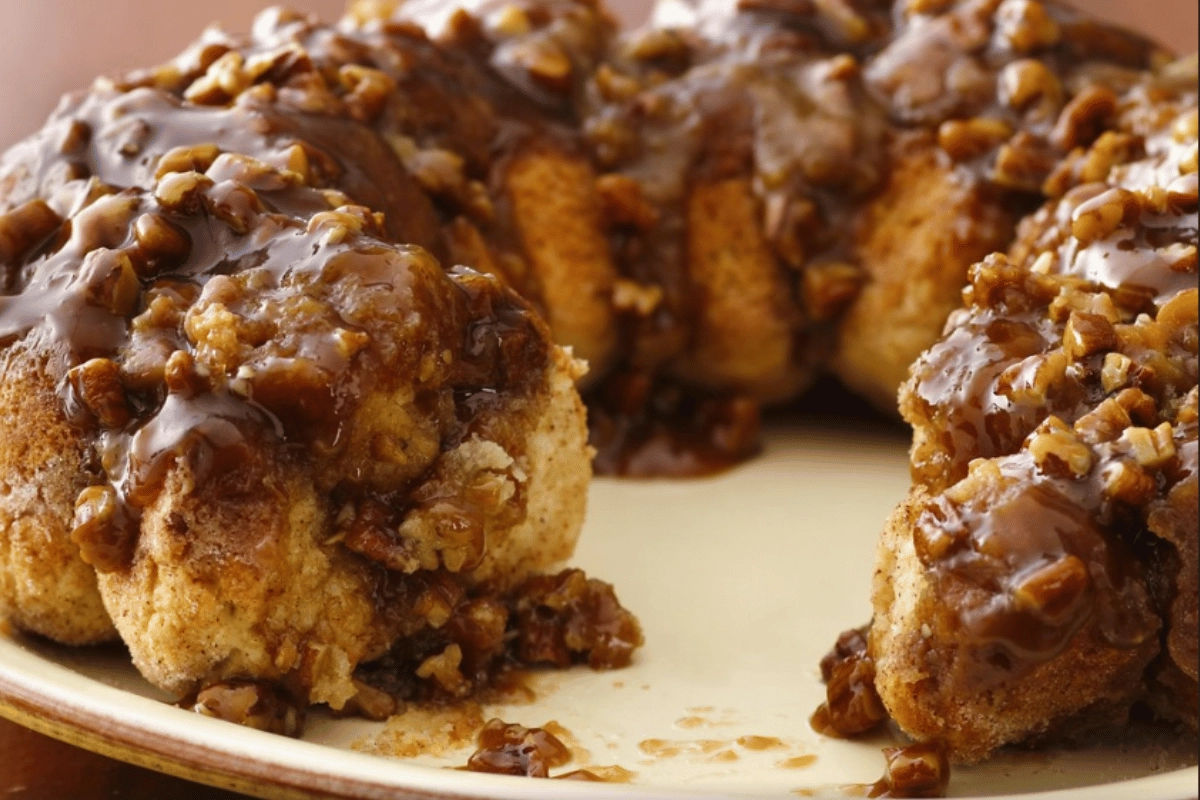Introduction to Upside-Down Cakes
Upside-down cakes have a rich history dating back to the late 19th century. Originally made with pineapple slices and cherries, these cakes were a popular choice for home bakers looking to impress guests. Today, upside-down cakes come in various flavors and fruit combinations, but the basic concept remains the same: a layer of fruit and sugar is placed at the bottom of the pan before the cake batter is added. During baking, the fruit and sugar caramelize, creating a luscious topping that becomes the bottom when the cake is flipped.
Factors to Consider
When it comes to flipping an upside-down cake, several factors come into play:
Cake Texture and Moisture
The texture and moisture content of the cake batter can affect the flipping time. A moist batter may take longer to bake and set, requiring a longer flipping time.
Fruit Placement
The way you arrange the fruit at the bottom of the pan can also impact flipping. Dense fruits like apples or pears may require longer baking times to soften, affecting the flipping process.
Cake Ingredients
The type and amount of ingredients in the cake batter can influence flipping time. A dense batter may require a longer baking time to cook through, while a light batter may set faster.
Pan Type and Size
The type and size of the pan can affect how quickly the cake bakes and sets. A larger pan may result in a thinner cake that bakes faster, while a smaller pan may produce a thicker cake that takes longer to bake.
Oven Temperature and Baking Time
The oven temperature and baking time specified in the recipe are critical for determining when to flip the cake. Higher temperatures and longer baking times can result in a cake that sets faster, while lower temperatures and shorter baking times may require a longer flipping time.
Signs That the Cake Is Ready to Flip
Knowing when the cake is ready to flip is key to achieving the perfect result:
Visual Cues
A golden brown color on the edges and top of the cake indicates that it is fully baked and ready to flip. Avoid flipping too soon, as an undercooked cake may collapse.
Edges Pulling Away
As the cake bakes, the edges will start to pull away from the sides of the pan. This is a sign that the cake is fully baked and can be safely flipped.
Toothpick Test
Inserting a toothpick into the center of the cake and it comes out clean or with a few moist crumbs indicates that the cake is done and ready to be flipped.
Common Mistakes to Avoid
To ensure a successful flip, avoid these common pitfalls:
Flipping Too Early
Flipping the cake before it is fully baked can result in a soggy, undercooked mess. Always wait until the cake is fully baked and set before attempting to flip it.
Flipping Too Late
On the flip side, waiting too long to flip the cake can cause it to stick to the pan, making it difficult to release. Keep a close eye on the baking time and flip the cake as soon as it is ready.
Not Using the Right Pan
Using the wrong type or size of pan can affect how the cake bakes and flips. Always use a pan that is recommended in the recipe to ensure the best results.
When it comes to flipping an upside-down cake, it’s important to let the cake cool slightly before attempting to flip it. Allowing the cake to cool for about 10-15 minutes in the pan after removing it from the oven helps it to set and makes it easier to release from the pan without breaking apart.
Yes, you should flip your cake after baking, but the timing is crucial. Wait until the cake has cooled slightly in the pan, then place a plate or serving platter over the pan and carefully invert it. The cake should release easily onto the plate, revealing the beautifully caramelized fruit topping.
To keep an upside-down cake from sticking to the pan, it’s essential to prepare the pan properly before adding the batter. Grease the pan thoroughly with butter or cooking spray, then line the bottom with parchment paper. This will help the cake release easily when it’s time to flip it.
It’s not necessary to cool a cake upside down unless the recipe specifically calls for it. Most upside-down cakes can be cooled right side up on a wire rack after flipping. Cooling the cake upside down can help to set the fruit topping, but it’s not a requirement for all recipes.

